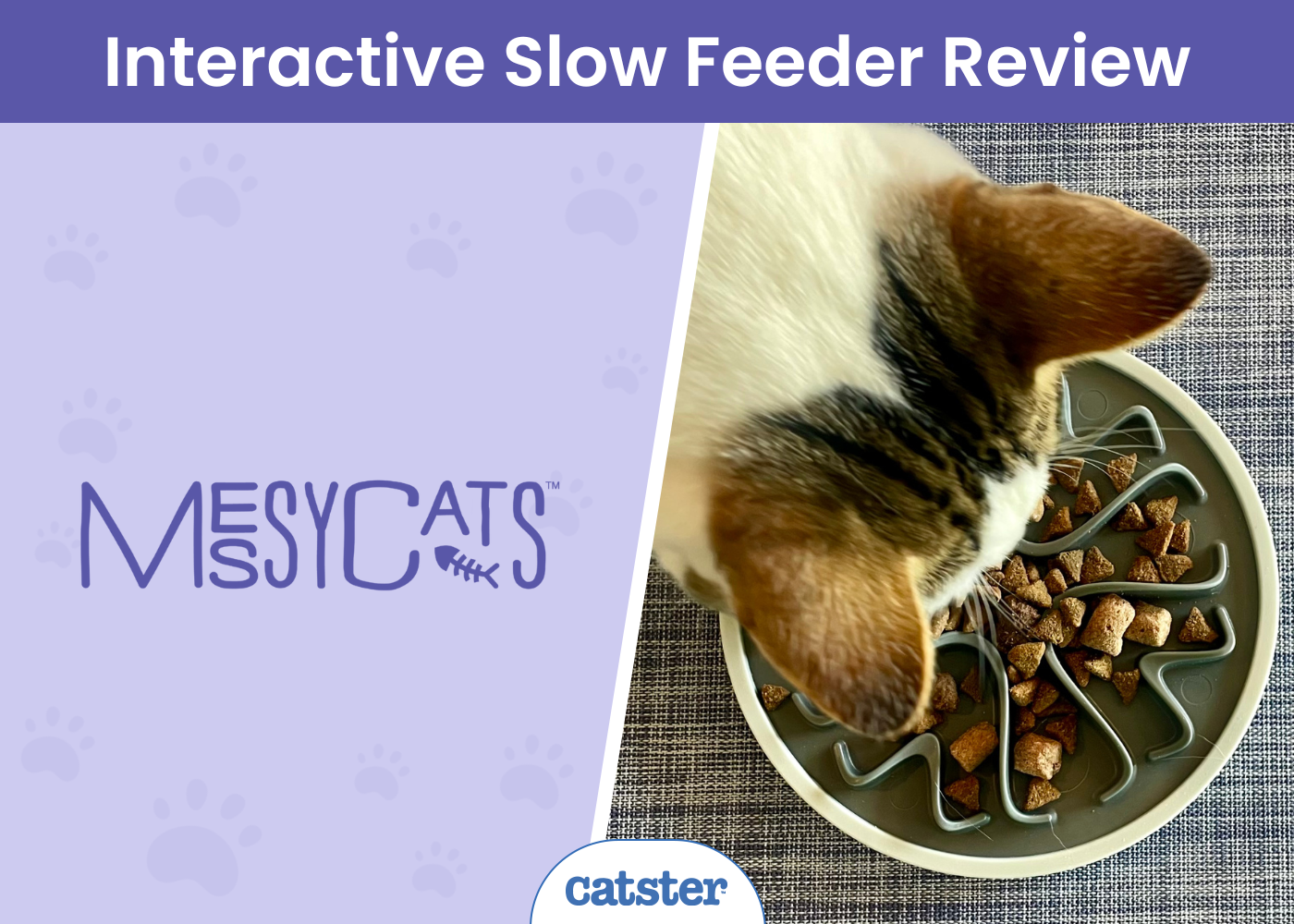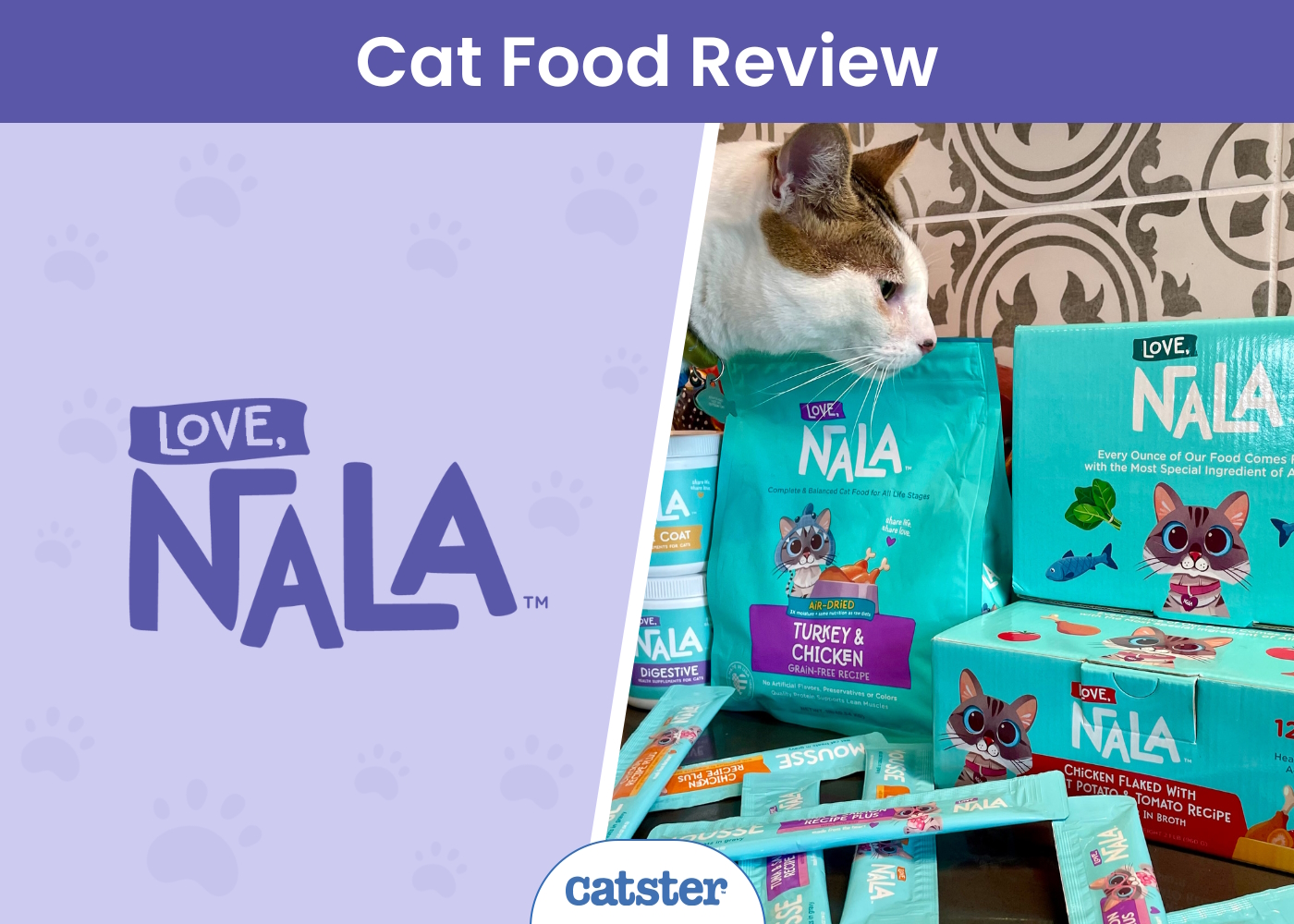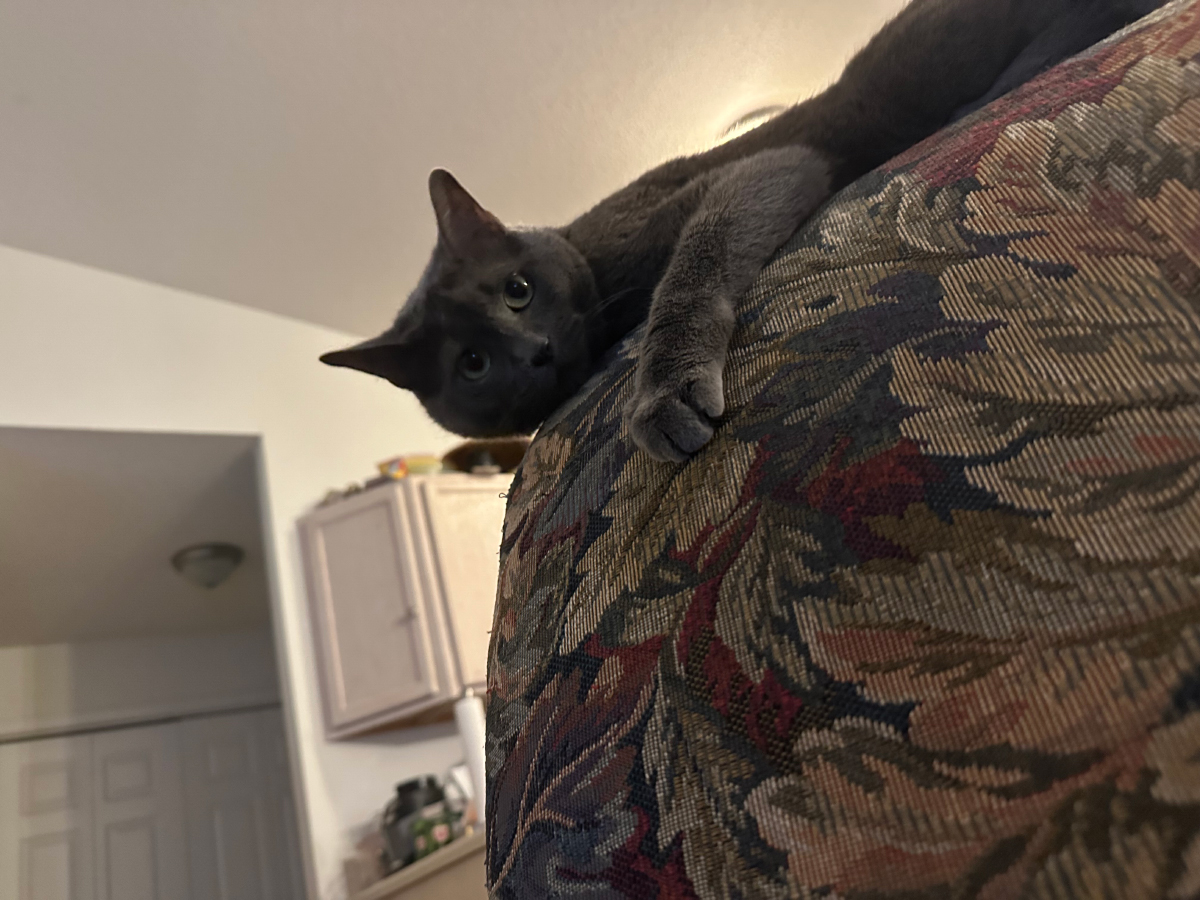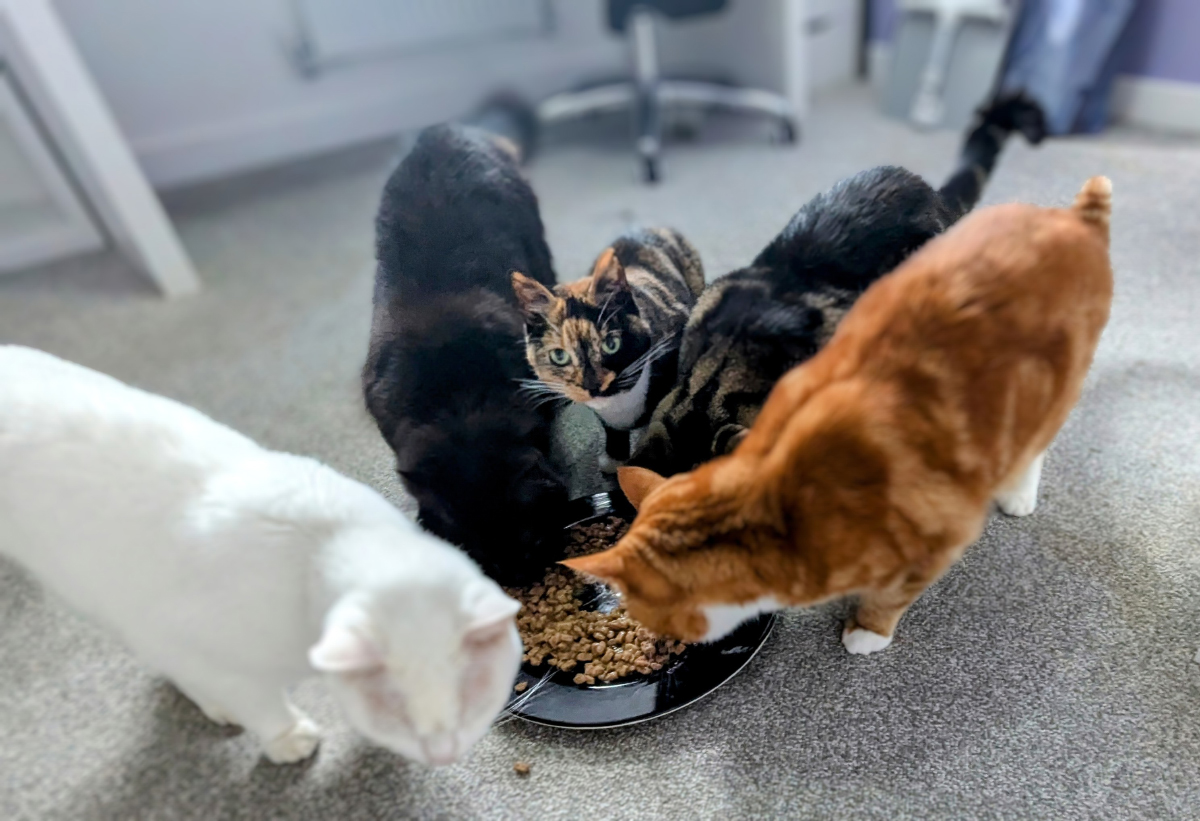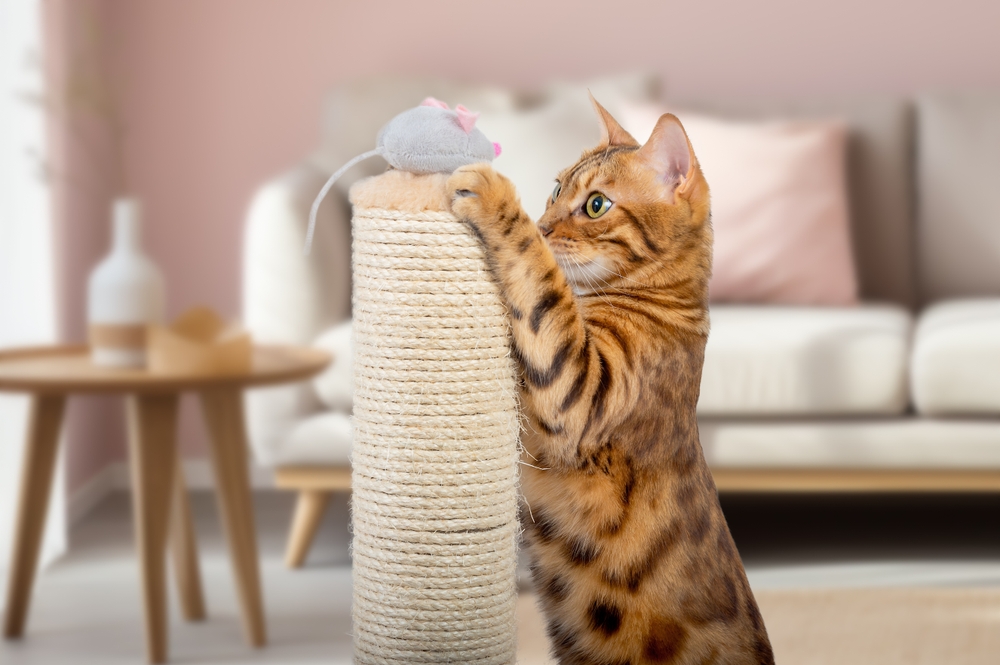Frosty ferns are delicate light green plants popular with gardeners everywhere. Its shimmery new sprouts make the entire plant look like it’s been delicately brushed with snow—hence the name! Frosty ferns, more precisely known as Selaginella kraussiana, aren’t ferns but members of the spike moss family. Thankfully, the frosty fern isn’t toxic to cats.
Frosty ferns reproduce through spores, like ferns. Although frosty ferns are native to warm and humid areas in Southern and Eastern Africa, they’re most often associated with the winter holiday season in the northern hemisphere.
Keep reading for more information about frosty ferns and a quick rundown of what to do if you suspect your pet has ingested something poisonous.
Are Frosty Ferns Easy to Grow?
These pretty holiday favorites are notorious for dying off pretty quickly. Keeping frosty ferns healthy can be quite a challenge, partly because the plants are most often purchased during the cold months of the year in North America.
It’s possible to keep these plants happy and healthy if you ensure they have lots of humidity and live in an environment that hovers between 60 and 80 degrees Fahrenheit. They quickly run into trouble when the mercury drops below 50 degrees Fahrenheit.
While these plants enjoy moisture, they’ll begin to turn brown if water pools for extended periods around their roots. For best results, plant your frosty fern in high-quality indoor potting soil. These plants do particularly well in terrariums as they love humidity. Simple glass globes also work!
The frosty white leaves will turn green when too much nitrogen fertilizer is applied. Frosty ferns can reach up to 12 inches, but most indoor plants reach around 8 inches. To divide a frosty fern, separate the root system and put the cutting in a bit of potting medium, and you’ll have viable plants in about 1 week.
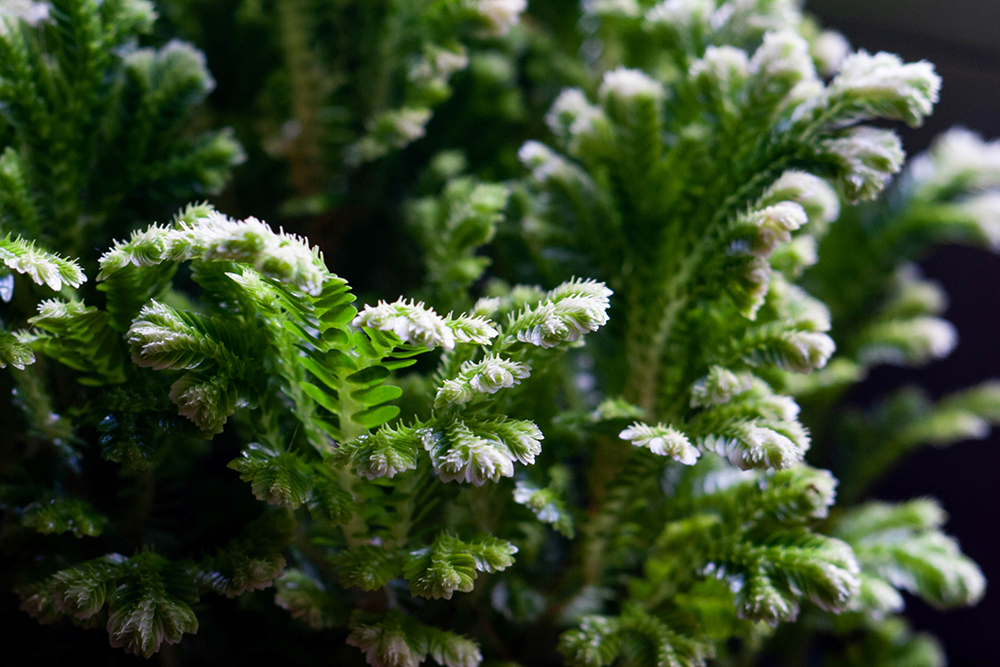
Which Plants Are Toxic to Cats?
Other plants to beware of during the winter months include poinsettias and holly. Common year-round offenders include Sago palms, lilies, oleander, daffodils, azaleas, amaryllis, and aloe. The American Society for the Prevention of Cruelty to Animals (ASPCA) has a website with information you can use to make good gardening choices1. The FDA also regularly publishes bulletins for pet owners regarding pet safety, including articles such as “Take the “Oh No!” Out of Your and Your Pets’ Holiday “Ho-Ho-Ho!2”
- Poinsettias (Euphorbia pulcherrima)
- Holly (Ilex opaca)
- Mistletoe (Phoradendron flavescens)
- Sago palms (Cycas and Zamia species)
- Lilies (Lilium and Hemerocallis species)
- Oleander (Nerium oleander)
- Daffodils (Narcissus species)
- Azaleas (Rhododendron species)
- Amaryllis (Amaryllis species)
- Aloe (Aloe vera)
What Are the Signs of Poisoning in Cats?
Signs of plant poisoning in cats depend on the type of toxic plant your cat has access to. Signs may include nausea, vomiting, and diarrhea. Weakness, wobbly gait, extreme restlessness, tremors, and seizures can also indicate that a cat has gotten into something problematic. Many cats drool and refuse to eat after they’ve ingested something toxic. Other animals begin to pant and have difficulty walking. Signs usually start immediately, but they may take hours to emerge.
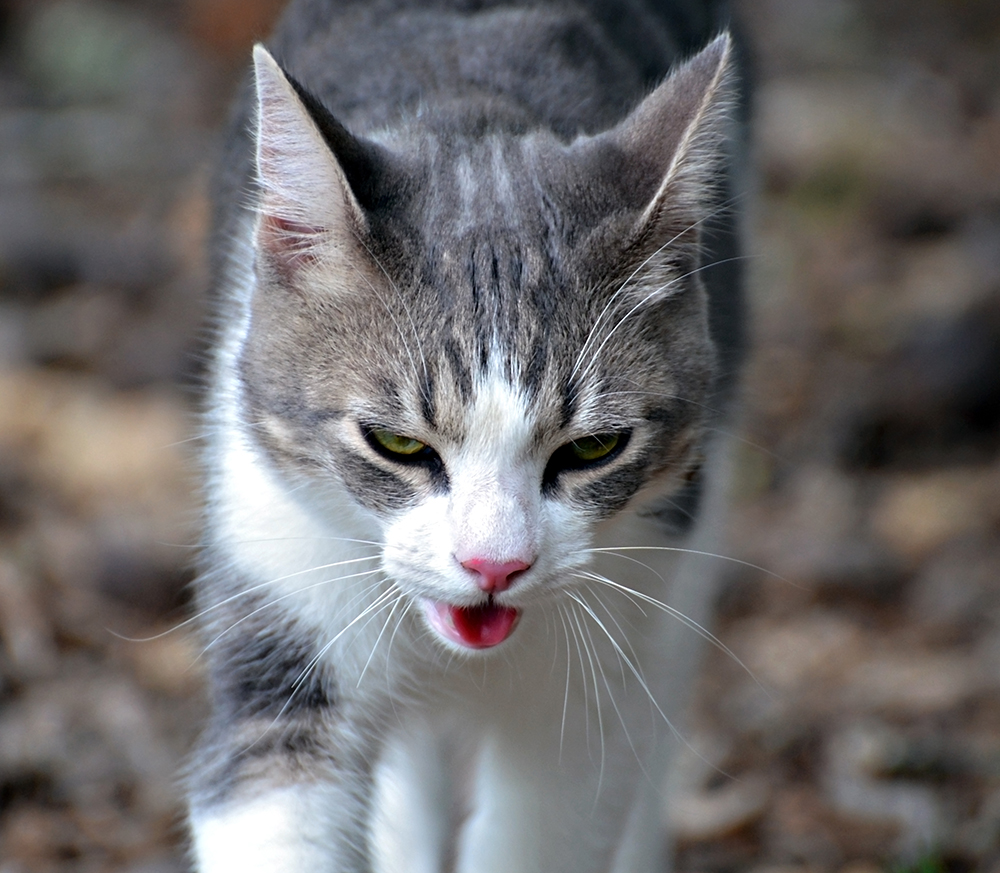
What Should I Do if I Suspect My Cat Has Eaten a Toxic Plant?
Make sure your pet can’t eat more of the plant, and remove anything suspicious from your pet’s mouth as quickly as possible. Rinse your cat’s mouth to remove any remaining substance. Move your cat to a safe place where they won’t fall or hurt themselves if they become dizzy, and try to identify the plant. If you can’t identify the plant’s name, take a few pictures to send to the veterinarian or pet poison control center. Don’t forget to get clear shots showing how much your cat ate!
Reach out to your veterinarian and explain the situation. They’ll want to know when your pet consumed the substance and whether it is exhibiting any behavioral changes. They’ll evaluate the situation based on the information you provide and determine whether you need to bring the cat in for an emergency visit or if it’s fine to observe your pet at home. Never try to get your cat to throw up a toxic substance without clearance from your veterinarian.

If you need to speak with a vet but can’t get to one, head over to PangoVet. It’s an online service where you can talk to a vet online and get the personalized advice you need for your pet — all at an affordable price!
Which Other Substances Are Toxic to Cats?
Cats are curious creatures, and they love to explore with their mouths. So it should be no surprise that cats regularly nibble on or eat potentially harmful things. It’s surprisingly easy for cats to get hold of toxic substances around the house.
Essential oils can be incredibly toxic to cats. They are very rapidly absorbed through their mouth or skin. Just a few licks can be fatal, depending on the product. Other common household toxins include bleach, household cleaners, and toothpaste. Human medications, such as acetaminophen, paint, and garden fertilizers, also send cats to the hospital regularly, as do human foods, such as onions, garlic, chocolate, and grapes.

Final Thoughts
Everything about frosty ferns screams, “It’s holiday time!” These pretty plants with shimmery tips make fantastic holiday wreaths and bring a bit of winter charm. They’re not ferns but members of the spike moss family. While there are several plants to look out for during the holiday season that are toxic to cats (like mistletoe), you don’t have to worry about a thing if your cat takes a bite or two from a frosty fern since the plant isn’t toxic to cats.
- See also: Are Ferns Toxic to Cats?
Featured Image Credit: designwithgrace, Shutterstock




